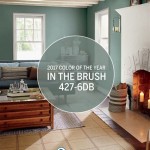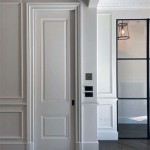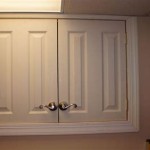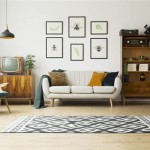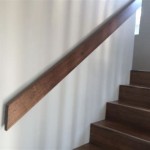Neoclassical Interior Design: A Timeless Elegance
Neoclassical interior design is a style that draws inspiration from the classical architecture and art of ancient Greece and Rome. It emerged in the late 18th century as a reaction against the extravagant and ornate Baroque style, emphasizing simplicity, order, and balance. Neoclassical interiors are characterized by clean lines, symmetrical layouts, and a focus on functional beauty. This style continues to be popular today, offering a timeless elegance that can be adapted to modern lifestyles.
Key Elements of Neoclassical Interior Design
Several key elements contribute to the distinctive look of Neoclassical design. These elements, when combined, express the essence of this classic style.
1. Symmetry and Proportion
Symmetry is a defining characteristic of Neoclassical interiors. Rooms are often designed with a central focal point, such as a fireplace or a grand window, and furniture is arranged symmetrically around it. This creates a sense of balance and harmony. Proportion is equally important, with furniture and architectural features scaled to create a pleasing visual balance.
2. Classical Architectural Details
Neoclassical interiors often incorporate classical architectural details, such as columns, pilasters, cornices, and moldings. These elements evoke a sense of grandeur and sophistication. Wainscoting, which is a decorative paneling that covers the lower portion of the walls, is another common feature. This adds visual interest and creates a sense of depth.
3. Neutral Color Palette
Neoclassical interiors typically utilize a neutral color palette, with white, cream, beige, and gray dominating. These colors create a sense of calm and serenity, allowing the architectural details to shine through. Pops of color can be introduced through furniture upholstery, artwork, or decorative accents, adding a touch of vibrancy to the overall aesthetic.
4. Elegant Furnishings
Neoclassical furniture is characterized by its simplicity and elegance. The focus is on functionality and quality craftsmanship. Common furniture pieces include sofas, chairs, armchairs, tables, and chests. These items often feature clean lines, straight legs, and intricate carvings.
5. Natural Materials
Natural materials are essential in Neoclassical design. Wood is a popular choice for furniture, floors, and architectural details. Marble and stone are commonly used for countertops, fireplaces, and flooring. These materials add a sense of sophistication and durability to the interior.
6. Luxurious Fabrics
Neoclassical interiors often feature luxurious fabrics, such as velvet, silk, and linen. These fabrics are used for curtains, upholstery, and throw pillows, adding a touch of opulence and comfort to the space. The textures of these fabrics, coupled with the smooth surfaces of the natural materials, create an appealing tactile experience.
7. Statement Lighting
Lighting is an important aspect of Neoclassical design. Chandeliers, sconces, and lanterns are often used to illuminate the space, creating a warm and inviting atmosphere. These light fixtures can be elaborate or simple, but they should always complement the overall style of the room.
8. Historical Accents
Neoclassical design often incorporates historical accents, such as antique sculptures, busts, and paintings. These pieces add a touch of history and sophistication to the space. Artwork is also an essential part of Neoclassical interiors, with classical themes, landscapes, and portraits being common choices.
Variations on the Neoclassical Theme
While the Neoclassical style has a defined set of principles, it is not a rigidly defined style. It can be adapted to different periods and personal preferences. For instance, "Greek Revival" architecture, popular in the mid-19th century, is a variation on the Neoclassical theme. The use of columns, pediments, and other details, along with lighter colors and brighter accents, distinguishes it from earlier Neoclassical styles. Similarly, "Georgian", a British style of architecture popular in the 18th century, has elements of Neoclassical design, but it also features unique decorative details and a focus on symmetry and proportion.
Neoclassical design offers a timeless elegance that appeals to those who appreciate simplicity, order, and beauty. Whether incorporating elements into a modern home or creating a fully Neoclassical interior, the principles of this style can be applied to create a space that is both sophisticated and inviting.

Neoclassical Interior Design Ideas For Your Home Designcafe

Neoclassic Interior Design

Neoclassical Interior Design Neoclassic Home Decorating Style

51 Neoclassical Living Rooms With Tips And Accessories To Help You Des

What You Should Know About Neoclassical Interior Design

Neoclassical Architecture The Ultimate Guide

Neoclassical Interior Design Neoclassic Home Decorating Style

Neoclassical Interior Design 20 Noteworthy Features

Neoclassical Interior Design Ideas For Your Home Designcafe

Neoclassical Interior Design 20 Noteworthy Features
Related Posts


